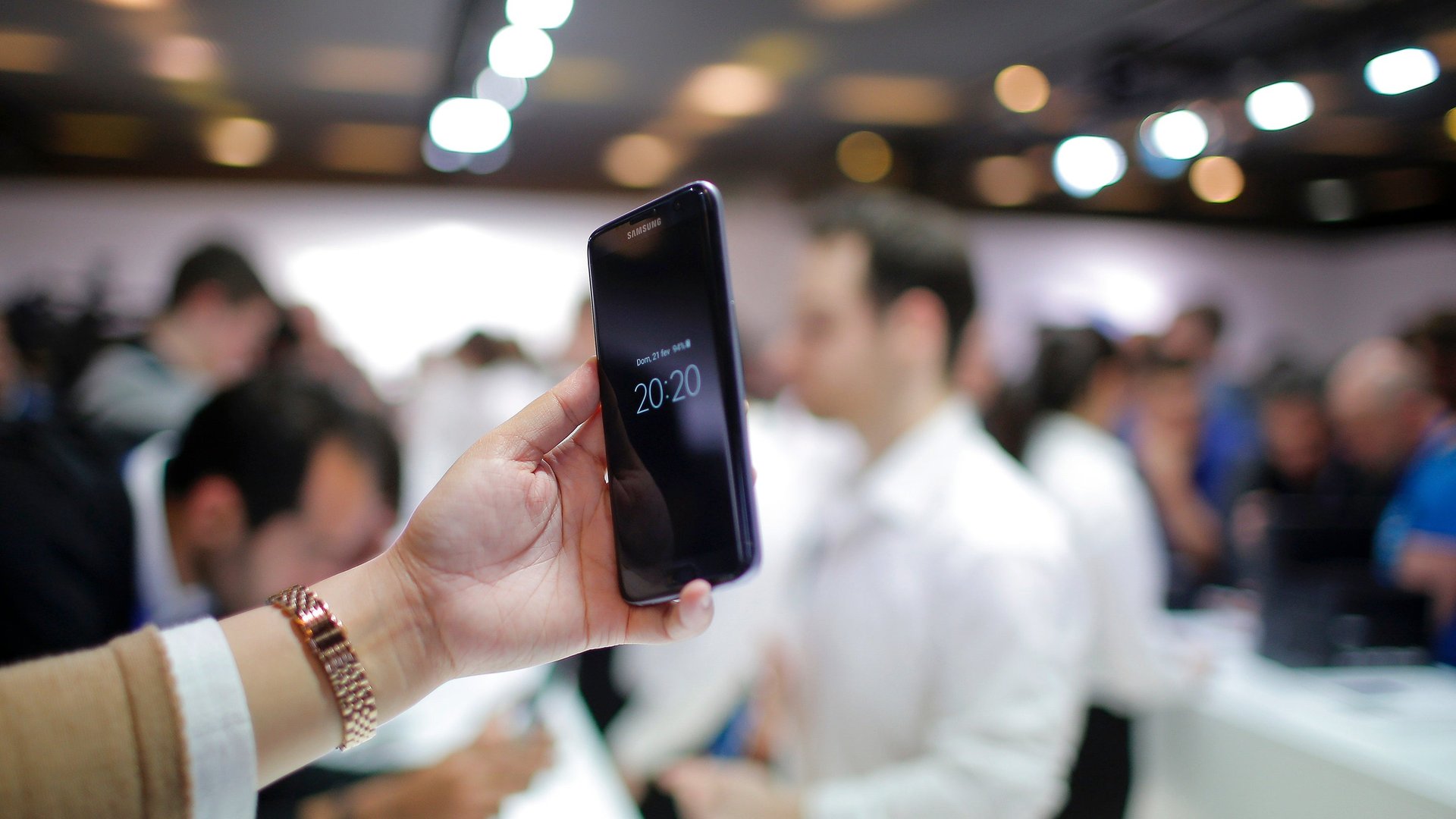The best feature on Samsung’s new Galaxy S7 Edge smartphone is far and away its camera
Last month, Samsung announced its new flagship phones, the Galaxy S7 and S7 Edge. I called them boring—in a good way—for how durable and reliable they were, suggesting that Samsung was going to have to look for other ways to differentiate itself in a market where quality phones are just the norm. But one thing I didn’t really appreciate at the time was the camera on Samsung’s new phones. If you can stomach all the additional software Samsung piles into its version of Android—including advertisements—and the $730 price of the phones, you will find yourself with what some are calling the best Android phone on the market, or even just the best phone.


Last month, Samsung announced its new flagship phones, the Galaxy S7 and S7 Edge. I called them boring—in a good way—for how durable and reliable they were, suggesting that Samsung was going to have to look for other ways to differentiate itself in a market where quality phones are just the norm. But one thing I didn’t really appreciate at the time was the camera on Samsung’s new phones. If you can stomach all the additional software Samsung piles into its version of Android—including advertisements—and the $730 price of the phones, you will find yourself with what some are calling the best Android phone on the market, or even just the best phone.
I spent the last week using the Samsung Galaxy S7 Edge as my main phone, and I found it to be well built and generally easy to use, but what really stood out for me was the camera. I chose the iPhone 6S Plus last year mainly because I wanted its larger image sensor so I could leave my bulky camera at home on vacation. And I’ve taken some really great photos with it, even shooting videos for Quartz with it. But I think the S7 Edge’s camera might be even better.
Here’s a few examples of roughly the same shots taken on my iPhone and the S7 Edge. As you can see, the colors seem more vivid, and everything just seems a little sharper, and more detailed, on the Samsung. (Note: These photos were all taken with the default camera settings on both phones.)
Even in low light, the Edge edges out the iPhone.
There are a few other noteworthy features on the new Edge: Unlike its predecessor, it’s pretty much waterproof. I spilled a few drinks on it, ran it under the faucet, and even dipped it in a sink of water, and the Edge worked perfectly after wiping it down. The new Edge’s battery life is also a vast improvement on last year’s model, which often struggled to last for a day—the S7 Edge’s battery should get you at least through the work day. The phone’s 5.5-inch screen is as bright and sharp as any on the market, and the ability to drop in a microSD card means you should be able to take as many great photos with the S7 Edge as you want.
But there are a few features that still aren’t fully baked. For one, the always-on screen often fooled me into thinking I had a notification on the phone, leading me to turn the feature off as it was too distracting at my desk. The edge panels—the quick-launch functions activated by swiping right on the right-hand edge of the phone—also don’t particularly add anything to the experience of the phone, especially when you can customize the widgets you seen on the home screen of the phone. Then there’s the price of the phone: The S7 Edge costs about $800, making it one of the most expensive smartphones out there. (The iPhone 6S Plus starts at $750, for reference.) But if you can deal with the price, or are due an upgrade on an existing cellphone contract, then the Galaxy S7 Edge is likely going to be the Android phone for you.